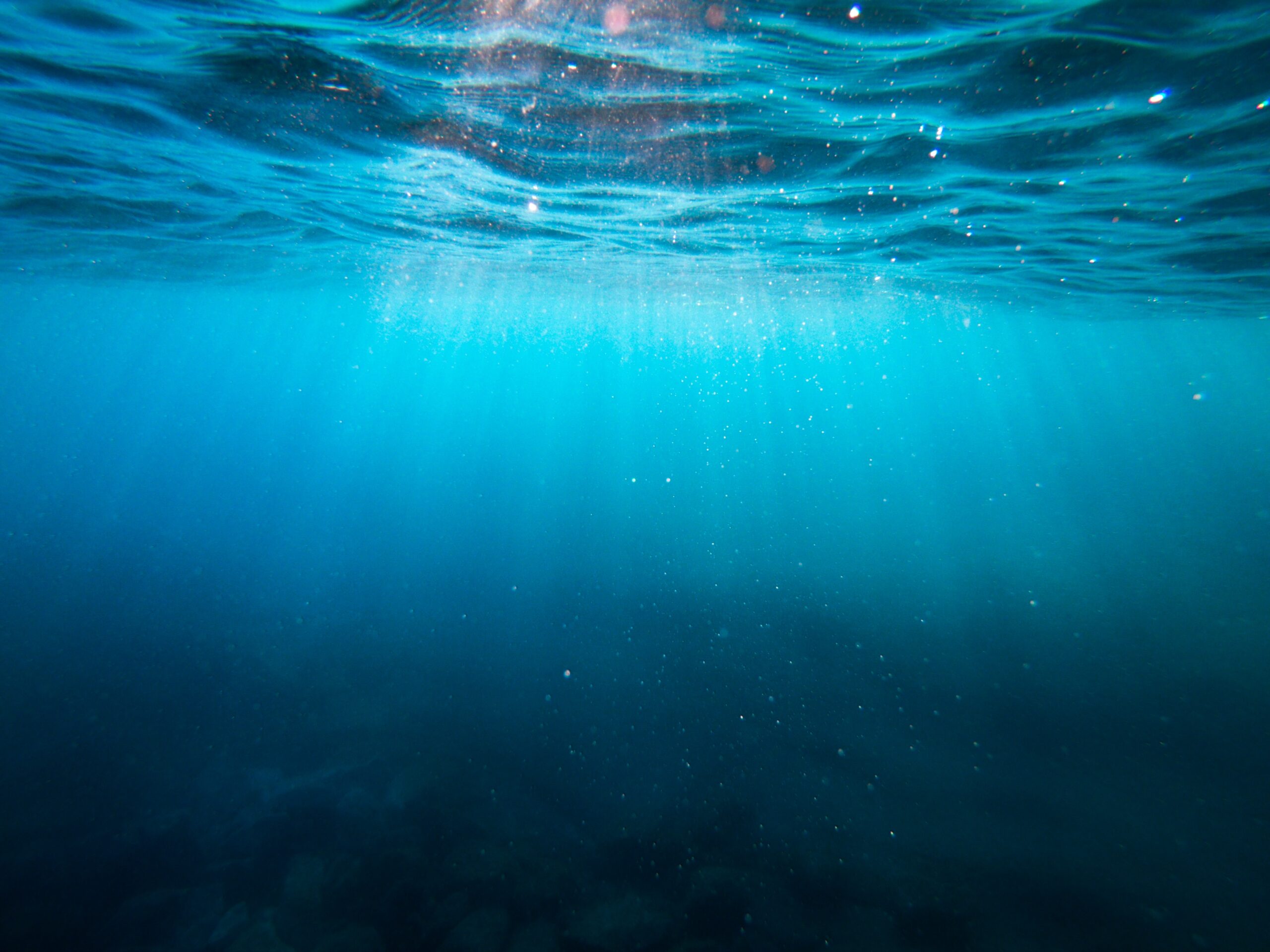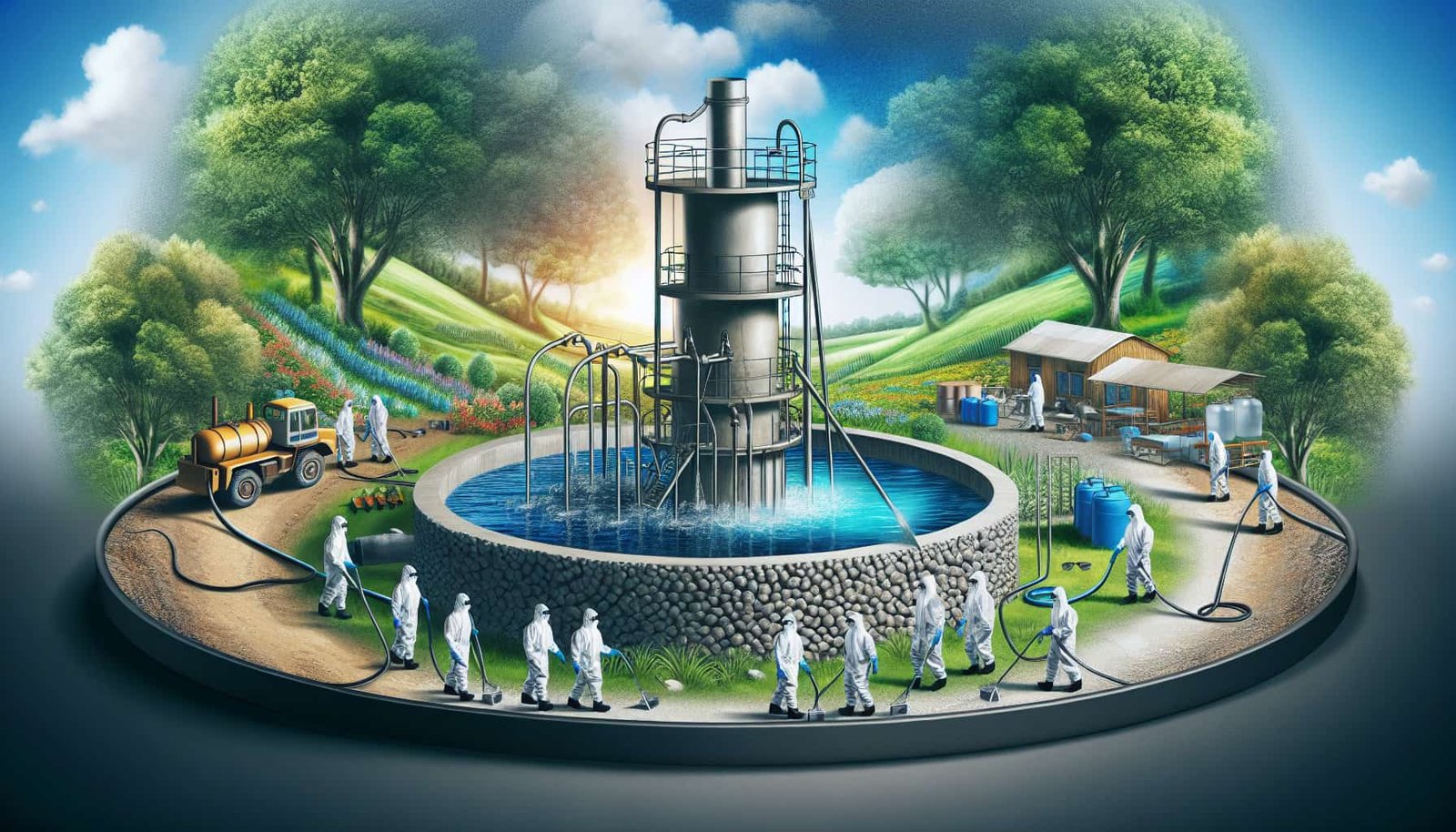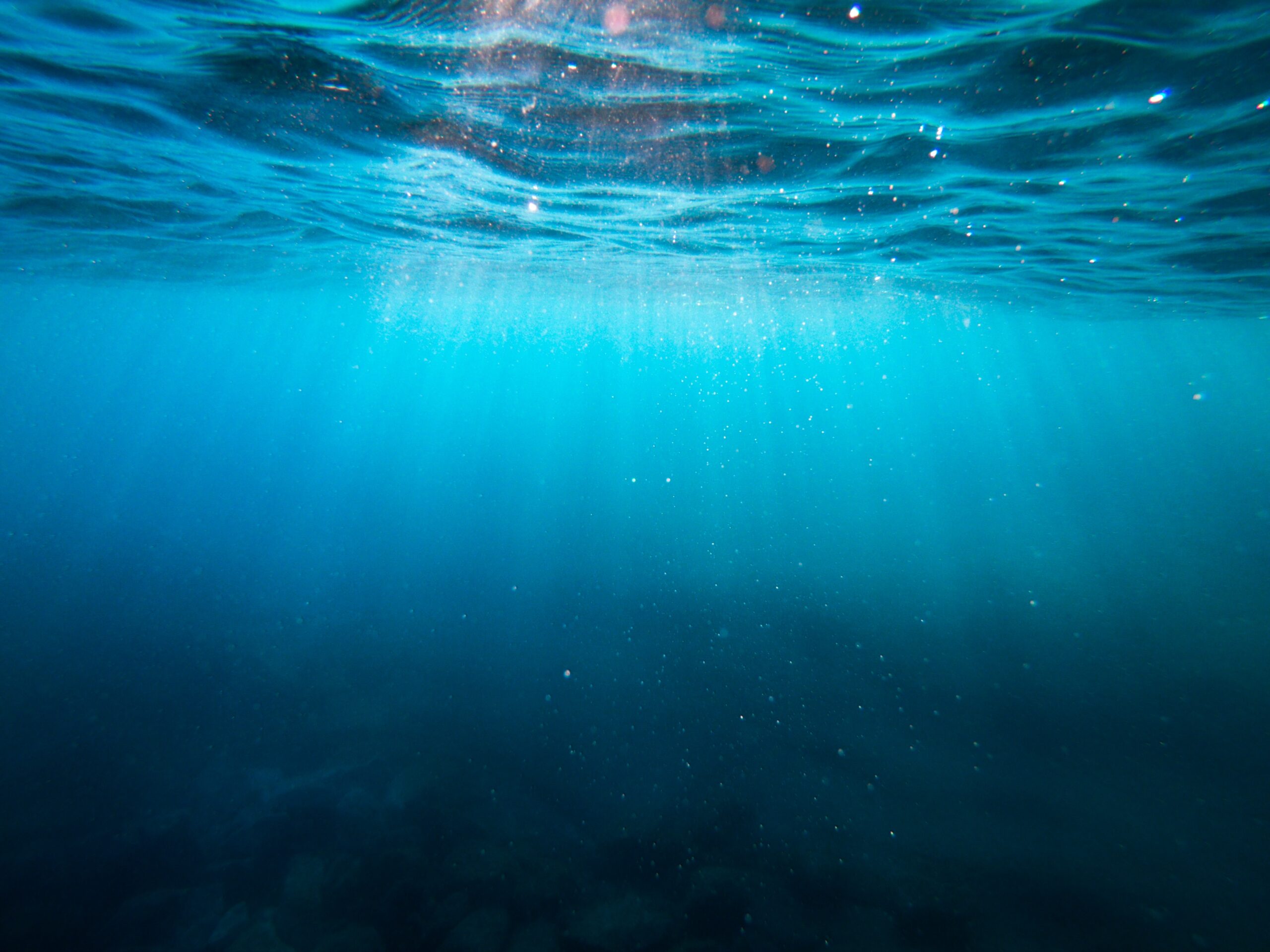If you’re concerned about the quality of your well water and suspect it may contain high levels of dioxin, you may be wondering what treatment methods are available to address this issue. Dioxin is a toxic compound that can have detrimental effects on human health, so finding an effective solution is paramount. In this article, we’ll explore various treatment methods that have proven to be successful in reducing dioxin levels in well water. By the end, you’ll have a better understanding of your options and be well-equipped to make an informed decision for your well water treatment.

Overview of Dioxin Contamination in Well Water
Dioxin contamination in well water has become a significant concern due to its potential health risks. Dioxin, a group of highly toxic chemicals, can enter the water supply through various sources, including industrial discharges, agricultural runoffs, and waste incineration. These hazardous compounds are persistent and can accumulate in the environment over time. Therefore, it is crucial to understand the sources of dioxin in order to effectively treat and manage its contamination in well water.
Sources of Dioxin
Dioxin can originate from both natural and anthropogenic sources. Natural sources include forest fires and volcanic eruptions, although these contribute to a lesser extent compared to human activities. Anthropogenic sources, primarily industrial activities, are the main contributors to dioxin contamination. Industries such as chemical manufacturing, paper production, and metal smelting often release dioxins through their effluents or emissions. Agricultural practices that involve the use of certain pesticides and fertilizers can also contribute to dioxin contamination in well water.
Health Risks Associated with Dioxin Exposure
Exposure to dioxin can have severe health implications. These toxic compounds can affect various organs and systems in the human body. Studies have shown that dioxins can lead to reproductive and developmental disorders, immune system disturbances, and even an increased risk of cancer. Additionally, long-term exposure to low levels of dioxins can cause adverse effects on the endocrine system and disrupt hormone regulation. It is crucial to minimize dioxin exposure through effective treatment methods to protect human health.
Regulatory Guidelines for Dioxin Levels in Drinking Water
To ensure the safety of drinking water, regulatory guidelines for dioxin levels have been established by governmental agencies. These guidelines specify the maximum permissible concentration of dioxins in drinking water to protect public health. In the United States, the Environmental Protection Agency (EPA) has set a maximum contaminant level of 0.00003 micrograms per liter (µg/L) or 30 parts per trillion (ppt) for dioxins in drinking water. Similar guidelines and limits have also been established in other countries, ensuring the protection of individuals consuming water from wells.

Understanding Dioxin Treatment Methods
Treating dioxin-contaminated well water requires effective and reliable treatment methods. Depending on the specific circumstances and concentration of dioxins, different treatment techniques may be employed to mitigate the contamination. These treatment methods can generally be categorized into physical, chemical, biological, or a combination of approaches.
Removal Techniques for Dioxin Contaminants
Physical treatment methods for dioxin removal focus on using physical processes to separate and eliminate the contaminants from the water. One such method is activated carbon filtration. Activated carbon has the ability to adsorb dioxins and other organic compounds from water, effectively reducing their concentration. Granular activated carbon adsorption is another technique that utilizes a bed of granular activated carbon to remove dioxins through adsorption. Membrane filtration, such as reverse osmosis or nanofiltration, can also be employed to remove dioxins by selectively filtering them out based on their molecular size.

Factors Affecting Treatment Options
Several factors need to be considered when selecting the appropriate dioxin treatment method for well water. The concentration of dioxins, the presence of other co-contaminants, and the volume of water being treated all play a role in determining the most suitable approach. Additionally, factors such as the availability of resources, expertise, and infrastructure should be considered when deciding on the treatment method. Each specific case requires a careful assessment to determine the optimal treatment option.
Cost Considerations for Dioxin Treatment
The cost of treating dioxin-contaminated well water can vary depending on the chosen treatment method and the scale of the project. Physical treatment methods such as activated carbon filtration and membrane filtration generally involve operational and maintenance costs, including the regular replacement of filter media. Chemical treatment methods, on the other hand, may require the addition of specific chemicals for oxidation or coagulation, adding to the overall cost. Biological treatment methods using bioremediation or phytoremediation can be more cost-effective but may require longer treatment times. It is important to consider both the effectiveness and cost when selecting the appropriate treatment method.

Chemical Treatment Methods
Chemical treatment methods offer an alternative approach to remove dioxin contaminants in well water. Chemical oxidation involves the use of strong oxidizing agents to break down the dioxins into less toxic substances. Coagulation/flocculation is another chemical treatment method that utilizes the addition of coagulants to destabilize and aggregate the dioxin particles, facilitating their removal from the water. Advanced oxidation processes involve the generation of powerful oxidizing species, such as hydroxyl radicals, to degrade dioxins through highly reactive oxidation reactions.
Biological Treatment Methods
Biological treatment methods for dioxin removal utilize naturally occurring microorganisms or plants to degrade or uptake the contaminants present in the well water. Bioremediation involves the use of microorganisms, both aerobic and anaerobic, to metabolize dioxins into less harmful byproducts. Phytoremediation employs specific plants with the ability to absorb, break down, or store dioxins in their tissues. These biological treatment methods can provide sustainable and environmentally friendly approaches for dioxin removal.

Combined Treatment Approaches
In certain cases, a combination of different treatment approaches may be necessary to effectively remove dioxins from well water. Sequential treatment systems involve multiple treatment steps, each targeting specific contaminants, including dioxins. By integrating physical, chemical, and biological treatment methods, a sequential treatment system can ensure comprehensive removal of dioxins and other co-contaminants. Hybrid treatment systems combine different technologies within a single treatment unit, providing a more efficient and compact solution for dioxin removal.
Case Studies of Successful Dioxin Treatment
Several successful dioxin treatment projects have been implemented worldwide, showcasing the effectiveness of various treatment methods. One example is the implementation of activated carbon filtration in a contaminated well system. By installing an activated carbon filtration system, the dioxin concentration in the well water was significantly reduced, meeting regulatory standards for safe drinking water. Chemical oxidation has also proven to be successful in dioxin removal, with the application of specific oxidizing agents effectively degrading the contaminants. Furthermore, bioremediation projects involving the use of carefully selected microbial communities have achieved remarkable results in dioxin removal from well water.
Monitoring and Testing for Dioxin Removal
Regular monitoring is essential to ensure the effectiveness of dioxin treatment methods and to verify that the well water meets the regulatory guidelines. Sampling techniques for dioxin analysis should be carried out according to established protocols to accurately quantify the dioxin concentration in the treated water. Continuous monitoring of dioxin levels can identify any potential fluctuations or breakthroughs, enabling prompt actions to be taken if necessary. Validation of treatment effectiveness should be performed periodically to assess the long-term performance of the treatment system and make adjustments if required.
Considerations for Well Maintenance and Management
To minimize dioxin contamination in well water, preventive measures should be implemented to address potential sources of contamination. Regular testing and maintenance of well systems are crucial to identify any potential issues and ensure proper functionality. Well management practices should include regular inspections, regular cleaning and disinfection, and following best practices for well construction and operation. Proactive management strategies can help minimize the risk of dioxin contamination and ensure the safety of well water.
Future Research and Development
Ongoing research and development efforts are focused on further improving dioxin treatment methods and understanding the formation and fate of dioxins in well water. Emerging treatment technologies, such as advanced oxidation processes using novel catalysts, are being explored for their efficacy in dioxin removal. Investigations into the factors influencing dioxin formation and behavior in well water are providing valuable insights, enabling better management strategies to be developed. Continued research will contribute to the development of more efficient and sustainable treatment methods for dioxin-contaminated well water.
In conclusion, the effective treatment of well water with high levels of dioxin requires a comprehensive understanding of the contamination sources, health risks, and regulatory guidelines. Various treatment methods, including physical, chemical, biological, and combined approaches, can be employed to remove dioxins from well water. Considerations such as cost, treatment scalability, and maintenance requirements should be taken into account when selecting the appropriate treatment method. Case studies of successful dioxin treatment projects highlight the effectiveness of different approaches. Regular monitoring, proper well maintenance, and proactive management strategies are essential in ensuring the long-term removal of dioxins and the safety of well water. Ongoing research and development efforts will further advance dioxin treatment technologies and improve our understanding of dioxin behavior in well water.

